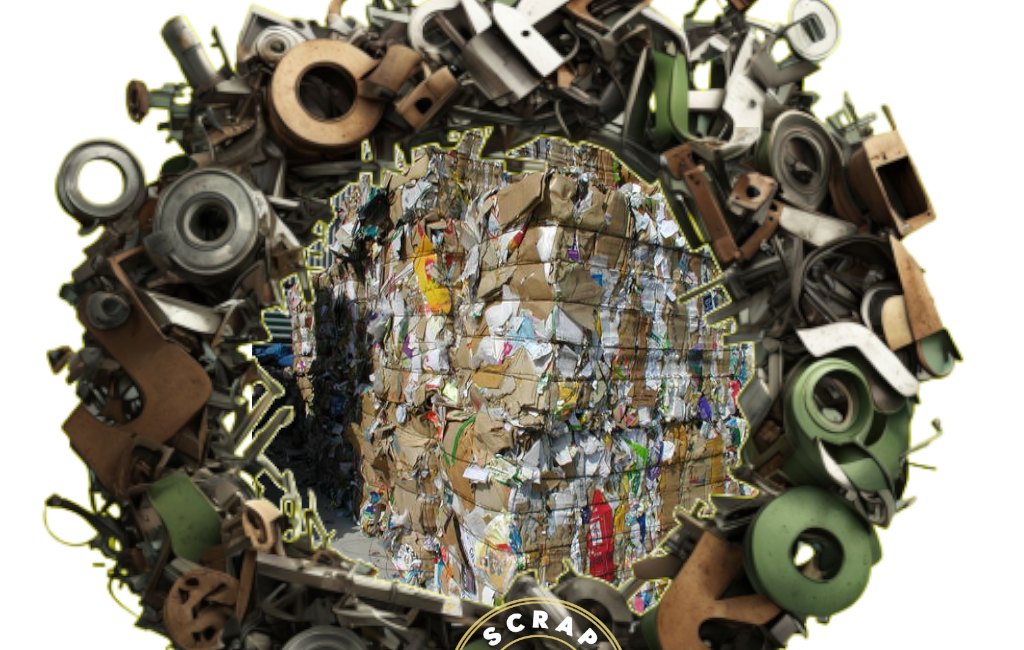Paperboard Scrap: A Comprehensive Guide to Recycling and Sustainability
Introduction
Paperboard scrap is a valuable resource in the global recycling ecosystem. From cereal boxes to shoe packaging, paperboard is widely used for its lightweight, durable, and versatile properties. However, the increasing consumption of paperboard products has led to significant amounts of waste. Properly managing paperboard scrap is essential for environmental sustainability and economic efficiency.
This article delves into the world of paperboard scrap, covering its sources, recycling processes, benefits, challenges, and future potential.
Understanding Paperboard and Its Applications
What Is Paperboard?
Paperboard is a thick, paper-based material commonly used for packaging, cartons, and various industrial applications. It is made from wood pulp or recycled fibers and is known for its sturdiness and lightweight nature.
Common Uses of Paperboard
- Packaging: Boxes for food, beverages, and consumer goods.
- Stationery: File folders, notebooks, and dividers.
- Industrial Applications: Layered inserts, partitions, and protective covers.
Sources of Paperboard Scrap
Paperboard scrap originates from various sectors, including:
- Manufacturing Waste: Off-cuts and rejects from paperboard production and packaging industries.
- Retail and Commercial Waste: Packaging discarded by retail stores and warehouses.
- Residential Waste: Used food boxes, shipping cartons, and other consumer packaging materials.
The Recycling Process of Paperboard Scrap
Step 1: Collection and Sorting
Paperboard scrap is collected from households, industries, and commercial centers. Sorting ensures separation from non-paper materials like plastics and metals.
Step 2: Pulping
The sorted paperboard is broken down into fibers using water and chemicals. This process removes inks, adhesives, and other contaminants.
Step 3: Screening and Cleaning
The pulp is passed through fine screens to remove any remaining debris or impurities.
Step 4: Reformation
The cleaned pulp is reformed into new paperboard products, which can then be used for packaging and other applications.
Step 5: Drying and Finishing
The new paperboard is dried, cut, and rolled for distribution.
Benefits of Recycling Paperboard Scrap
Environmental Benefits
- Reduces Deforestation: Recycling reduces the need for virgin wood pulp, conserving forests.
- Lowers Carbon Footprint: Decreases greenhouse gas emissions associated with producing new paperboard.
- Minimizes Landfill Waste: Diverts significant amounts of paperboard waste from landfills.
Economic Benefits
- Cost Savings: Recycling paperboard is often more cost-effective than producing it from virgin materials.
- Job Creation: Recycling facilities provide employment opportunities.
- Sustainability for Businesses: Companies that recycle can market themselves as environmentally friendly, attracting eco-conscious consumers.
Challenges in Managing Paperboard Scrap
Contamination Issues
- Food residue and grease often contaminate paperboard scrap, making recycling difficult.
- Mixed materials (e.g., laminated or wax-coated paperboard) are harder to recycle.
Collection and Sorting Inefficiencies
- Inconsistent collection methods and lack of public awareness can hinder recycling efforts.
Market Fluctuations
- Prices for recycled paperboard can fluctuate, affecting profitability for recyclers.
Energy and Water Usage
- Recycling processes require energy and water, which can offset some environmental benefits.
Innovations in Paperboard Recycling
Technological advancements are improving the efficiency of paperboard recycling:
- AI Sorting Machines: These systems use machine learning to identify and sort paperboard from other waste.
- Chemical Recycling: Emerging methods break down contaminated or mixed paperboard into reusable fibers.
- Waterless Pulping: Reduces water consumption during the recycling process.
The Role of Governments and Policies
Governments worldwide are implementing policies to promote paperboard recycling:
- Legislation on Packaging: Mandates the use of recyclable or biodegradable packaging materials.
- Subsidies for Recycling Plants: Financial incentives for setting up and upgrading recycling facilities.
- Public Awareness Campaigns: Educating citizens about the importance of recycling paperboard.
Paperboard Scrap in the Circular Economy
In a circular economy, resources are reused and recycled to minimize waste. Paperboard plays a crucial role as it can be recycled multiple times. By incorporating paperboard scrap into new products, industries contribute to sustainable production cycles and reduce their ecological footprint.
Practical Tips for Consumers
How to Recycle Paperboard at Home
- Separate Materials: Ensure paperboard is clean and free of contaminants like food or plastic.
- Flatten Boxes: Save space and make transportation easier.
- Drop-Off Locations: Use designated recycling bins or centers for paperboard materials.
Reducing Paperboard Waste
- Opt for reusable containers instead of single-use paperboard packaging.
- Support brands that use recycled paperboard in their products.
Case Studies and Success Stories
Example 1: Coca-Cola’s Sustainable Packaging
Coca-Cola uses recycled paperboard for its multipack cartons, reducing waste and conserving resources.
Example 2: Scandinavian Recycling Leadership
Countries like Sweden and Finland have implemented efficient paperboard recycling systems, achieving recycling rates of over 70%.
The Future of Paperboard Scrap Recycling
The demand for sustainable packaging is expected to grow, driving innovation in paperboard recycling. Key trends include:
- Increased Use of Recycled Content: More industries will integrate recycled paperboard into their products.
- Improved Recycling Infrastructure: Governments and private companies will invest in advanced recycling technologies.
- Consumer-Driven Change: As consumers prioritize sustainability, businesses will adopt greener practices.
Conclusion
Paperboard scrap is more than just waste; it is a resource with immense environmental and economic value. By embracing efficient recycling practices, investing in technology, and raising awareness, we can transform paperboard scrap into a cornerstone of sustainability.
Whether you’re a consumer, business, or policymaker, everyone has a role to play in building a sustainable future where paperboard is recycled, reused, and respected.

Leave a Comment